- Learning time
- 30 minutes
- First play time
- 80 minutes
Brave Little Belgium
Designed by: Dave Shaw (II),Ryan Heilman
Brave Little Belgium tells a story from the early days of WWI, when German forces marched across neutral Belgium to invade France and the host country – with some help from the French and British – resisted. In reality German forces won the day, but in Brave Little Belgium one player (the Belgian forces and Allies) has the opportunity to try and prevent this happening.
The board (actually paper) shows a map of Belgium with routes between various locations. Set up sees you place several wooden chits – representing forces – in certain locations for the German, Belgian, French and British forces, before the Belgian Civil Guard are also added: using dice and a chart to assign them randomly. The chits representing Generals for each army (plus some event chits) are thrown into a bowl along with three Turn End chits. Play takes place over 5-7 rounds with players – it doesn’t matter who – randomly pulling a chit from the bowl. If it’s an event, it’s placed in the Pulled Chits box on the board and can be used later. If it’s a General, then the army that General commands is activated – it can move across the map (Cavalry moves quicker than Infantry, so can charge ahead), spend un-used Event chits, and engage in combat:
Combat is simple: both sides roll for damage, and if you roll the number (or higher) on the chit, it inflicts a hit: enemy chits get flipped over and – if they don’t die instantly – their capacity to inflict damage lessens. Previously-flipped chits are eliminated if they flip again. The player who inflicted the least hits must retreat – unless they are in a Fort (Liege, Namur, Antwerp) in which case they are considered besieged and can stay in the Fort. There are one or two other rules for siege combat, but essentially the tactical movement and combat is the nub of the game.
As soon as the third Turn End chit is drawn the round is over. However any German generals that didn’t activate during the round now have the opportunity to do so anyway: the risk being (50-50 on a die roll) that you may cause an Atrocity as a result. Causing five atrocities over the course of the game is terrible for the perception of Germany around the world and results in instant defeat.
As rounds continue more chits are added to the bag as French and British commanders get involved in the scene, and a fourth German general arrives. The German side has three victory conditions which are to eliminate the Forts at Liege and Namur, and get at least one Infantry unit over the Victory line along the western end of the map. If they achieve this at any point in round five, they win instantly. If they do so in round six or seven, it’s a draw. If the Allies can hold out until the end of round seven, then it’s an Allied victory.
Joe says
I've only played one game, and I was impressed by the elegance of the system, in presenting a slice of recent history with enough wrinkles to allow for a different outcome to the historical one. From a gaming perspective, it felt slightly limited - there are decisions to be made but both sides are mostly mitigating the order the events come out in, or the luck or otherwise of dice rolls. Not a game that I'd want to play repeatedly, but one that offers an interesting bit of historical insight.
The guru's verdict
-
Take That!
Take That!
It's war!
-
Fidget Factor!
Fidget Factor!
Exceedingly low, if not entirely absent. You're engaged even when it's not your turn as you need to be watchful as to what the enemy is up to.
-
Brain Burn!
Brain Burn!
The rules are actually fairly light - especially for a war game - and the burning is of a tactical nature: trying to anticipate the German manoeuvres for the Allies, and to break through the line of defences for the Germans.
-
Again Again!
Again Again!
The goal is always the same but there's randomness in both the set-up and the dice rolls, which occasionally throw up spectacular skirmish results. The rulebook also has some variant set-ups to help give variety to repeat plays. But the game-play mechanism (pulling random chits from a bowl) gives Brave Little Belgium an unpredictable tension as well.

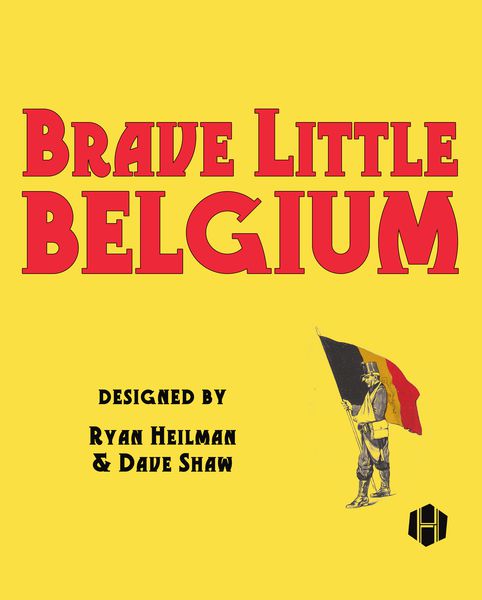
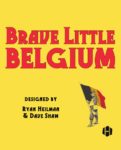
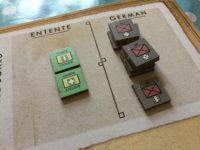
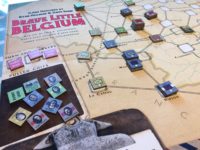


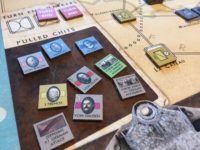


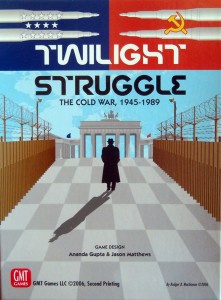
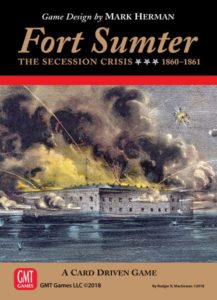
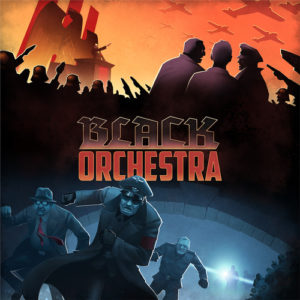

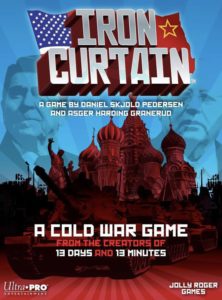
Sam says
I'm intrigued by war games, partly because of the educational aspect (they are almost without fail from game designers devoted to research, and you genuinely learn new aspects of history) and partly because of the strategic and tactical opportunities in playing them. What puts me off is that the learning curve is often steep - compared to the vast majority of games we play, at least - and rife with special exceptions and rules-referencing during play. They also tend to be exceedingly long. As a result there are very few war games on GNG, with Twilight Struggle being one (brilliant) exception. I was drawn to Brave Little Belgium, though, because of the light rules and brief play-time, and I've really enjoyed my battles on the board. That chit-pull mechanism is really neat - so fast-moving, and so loaded with twists and turns. The Germans really want their Events to come out before their Generals do. The Allies want their commanders to show up, and really want the Turn End chits to come out before the Germans do, and although wishing the round would be over might seem odd at first in a game, it makes thematic sense when the only victory condition against the invaders is holding on.